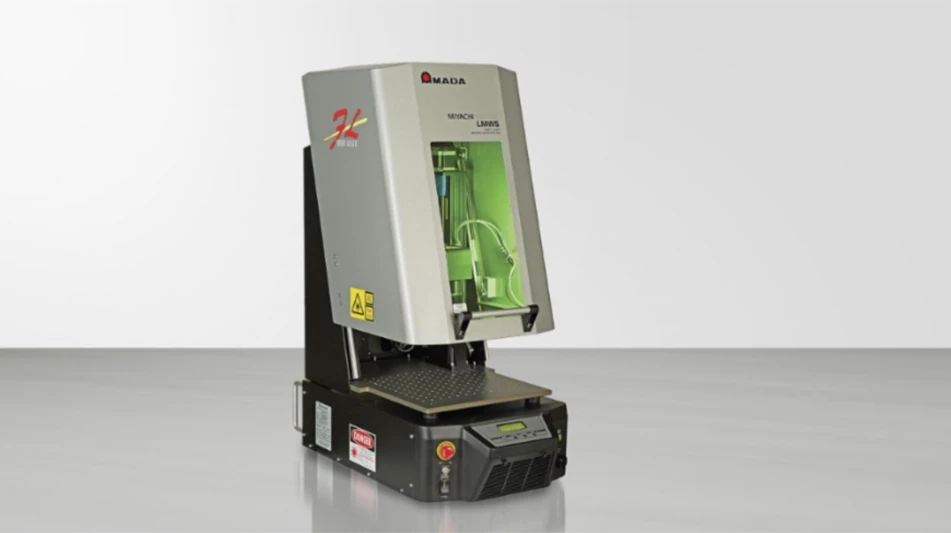 Congress has recently allowed nearly $1.2 trillion in automatic budget cuts to become a reality. These sequestration-forced cuts are projected to affect a broad swath of the economy with no industry impacted as dramatically as aerospace and defense (A&D). The defense budget is slated to be slashed up to $50 billion per year during the next 10 years; this on top of previous cuts of a similar magnitude. Such drastic spending reductions certainly spell change down the road for the industry, but as they have in the past, industry participants will have to adapt if they are to survive.
Congress has recently allowed nearly $1.2 trillion in automatic budget cuts to become a reality. These sequestration-forced cuts are projected to affect a broad swath of the economy with no industry impacted as dramatically as aerospace and defense (A&D). The defense budget is slated to be slashed up to $50 billion per year during the next 10 years; this on top of previous cuts of a similar magnitude. Such drastic spending reductions certainly spell change down the road for the industry, but as they have in the past, industry participants will have to adapt if they are to survive.
With so much doom and gloom in the media, it is necessary to keep things in perspective: The United States outspends its nearest rival, China, nearly 5:1 on defense, with more than 40% of the world’s defense expenditures. Furthermore, the commercial aerospace outlook could not be brighter with Airbus and Boeing reporting record backlogs of five to seven years. Boeing projects it will nearly double its global commercial airline fleet during the next 20 years with more than $4.5 trillion, or approximately 34,000 new airplanes, coming into service. From a pure financial perspective, much of the industry is healthy with many companies sitting on record amounts of cash.
Merger & Acquisition (M&A) activity for the A&D sector continues to be robust with more than $35 billion in aggregate deal volume last year, representing a 54% increase from 2011. Activity was driven by strategic acquirers as they sought to achieve earnings growth objectives and utilize high levels of liquidity. The outlook for 2013 remains positive, and we expect to see continued consolidation among industry participants, as well as increased acquisition activity involving private equity buyers.
The public markets are exhibiting a dichotomy in valuation multiples between defense contractors and commercial aerospace industry participants. While pure play defense primes have traded downward during the last several quarters, companies with a larger proportion of commercial aerospace business are being rewarded higher valuation multiples. For example, Boeing trades at approximately 7.3x trailing 12-month EBITDA (earnings before interest, taxes, depreciation, and amortization) and Northrup Grumman trades at 4.7x. This trend is also playing out in private sale transactions, with acquirers paying more for diversified companies.
As investment bankers, our clients often ask us what the coming market environment means for the industry, and what impact it will have on M&A activity and other strategic alternatives companies have at their disposal. Understanding your options and having a clearly defined strategic plan are critical to success and should be reviewed periodically as the market environment dictates. Company particulars and specific situations vary widely and ought to be discussed with your advisors; however, having a good understanding of the current market environment and a perspective on valuation are critical to understanding your options when it comes time to plan your exit strategy.
Despite all the worries surrounding sequestration, for companies with strong financial performance and good growth potential, it remains a seller’s market.
Mesirow Financial Investment Banking
Chicago, Ill.
www.mesirowfinancial.com

Explore the May June 2013 Issue
Check out more from this issue and find your next story to read.
Latest from Aerospace Manufacturing and Design
- GE Aerospace secures Air Force engine contract
- Thomson Industries' online sizing and selection tool
- #53 - Manufacturing Matters - 2024 Leaders in Manufacturing Roundtable
- Join us for insights on one of the hottest topics in manufacturing!
- You can still register for March’s Manufacturing Lunch + Learn!
- Ohio creates Youngstown Innovation Hub for Aerospace and Defense
- Tormach’s Chip Conveyor Kit for the 1500MX CNC Mill
- How to Reduce First Article Inspection Creation Time by 70% to 90% with DISCUS Software






